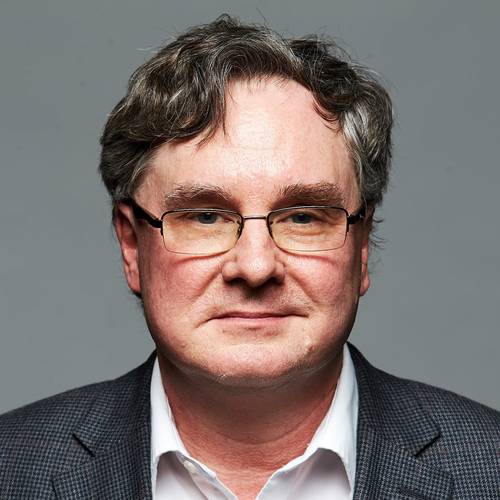About This Webinar
Optical design has evolved over the past decades from simple telescopes with hand-calculated prescriptions to nanometer structures fabricated with lithography. Traditional imaging systems have moved to smaller devices for consumer electronics with the aid of computer design tools and various fabrication methods.
A typical design workflow begins with the optimization of imaging optics to meet rigorous design requirements and progresses to tolerance analysis performed during design iterations with fabrication tolerances included as part of the optimization performance. This crucial step enhances manufacturing yields and reduces costs. The workflow also integrates stray light analysis, allowing designers to evaluate the effects of unwanted light during the design phase and minimize failures caused by ghosts and flare.
Much like freeforms, metasurfaces offer new design parameters that expand the design space and are particularly useful when small packages are needed for weight and size reduction. From aspherics to metasurfaces, advances in fabrication methods provide increased options for designers, but with the added consideration of how best to specify component parameters for manufacturing.
This presentation delves into examples of optical system design and manufacturing workflows, with a special focus on small optics. It offers insights into workflows that seamlessly blend design and manufacturing and reveal how these processes are shaping the future of consumer electronics and beyond.
*** This presentation premiered during the
2024 Photonics Spectra Optical Design Summit. For more information on Photonics Media conferences and summits, visit
events.photonics.com
About the presenter

G. Groot Gregory is a product management director and LightTools product manager at Synopsys, with interests in optical design and analysis software. He has worked on lens design, stray light, illumination and thin films software, and the design and deployment of optical instrumentation.
Gregory has participated in several NSF funded educational programs to elevate student participation in STEM and is working on statewide programs in Massachusetts. He is a Member of Optica, IES, SID and a Fellow of SPIE, with degrees in physics, mathematics, and optics from the University of Rochester, and is a licensed aircraft mechanic.